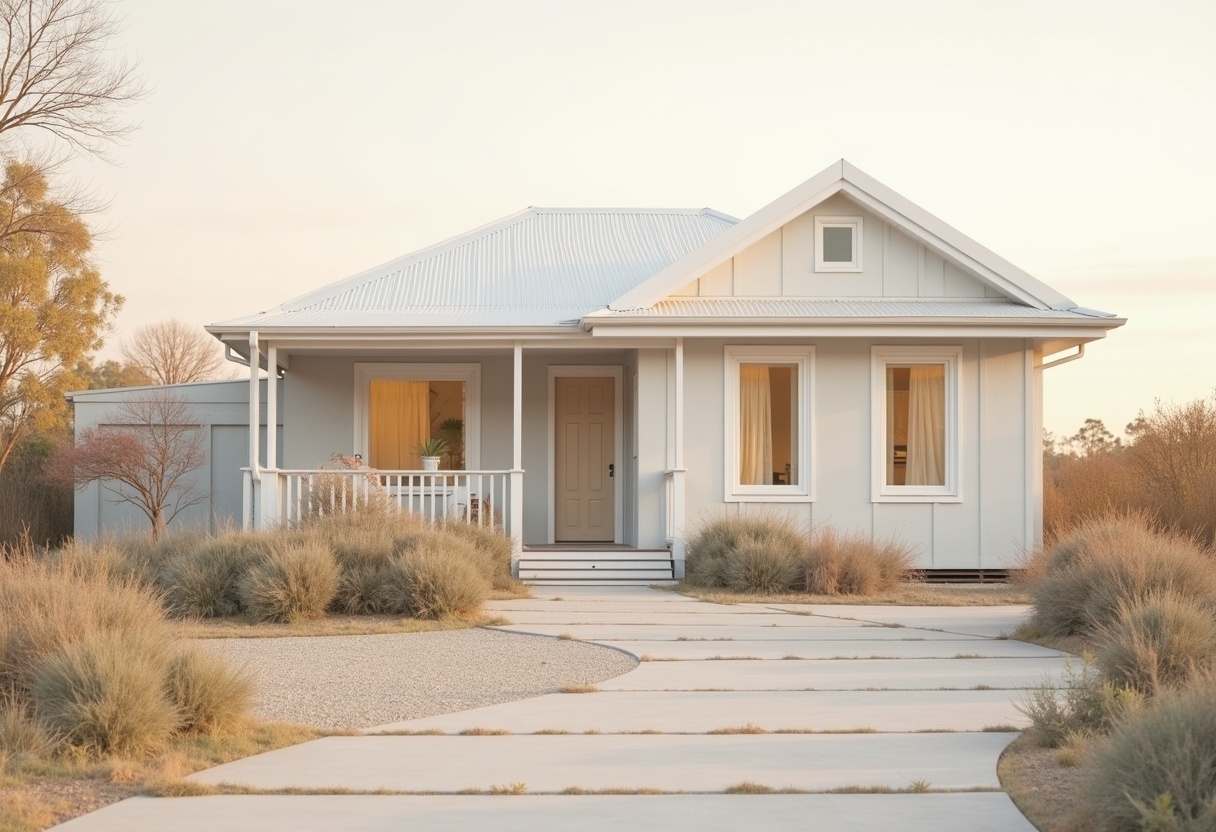Buying an Investment Property in Queensland: Buyer 101
Queensland's property market offers compelling opportunities for both new and experienced investors. With Brisbane dwelling values up 13.2% over the past year and rental yields that can exceed 10% in some regional areas, the Sunshine State presents strong investment potential.
But buying an investment property isn't about finding a place you'd love to live – it's about making smart financial decisions that will build your wealth over time.

Understanding Investment Costs
Investment Property Taxes and Costs
Investment properties pay the full 'general rate' of transfer duty (stamp duty) without any concessions. Land tax applies if your investment property is worth more than $600,000, starting at $500 plus one cent for each dollar over $600,000.
Additional costs include legal fees, mortgage costs, valuations, building and pest inspections, and other professional services – easily running into several thousand dollars.
Use the Queensland Office of State Revenue's calculator to determine your exact obligations.
Available Deductions:
- Negative gearing losses against other income
- Depreciation allowances on fixtures and fittings
- Interest payments, rates, insurance, maintenance
- Capital gains tax discount (50% after 12 months ownership)
New properties offer enhanced depreciation benefits, making them particularly tax-effective investments.
The Power of Negative Gearing
79% of Queensland property investors use negative gearing – the highest adoption rate in Australia.
Negative gearing occurs when your property expenses (including loan interest, maintenance, and management fees) exceed your rental income. Any net rental loss can be offset against other income like your salary, reducing your taxable income.
- Annual rental income: $25,000
- Annual expenses: $30,000
- Net loss: $5,000 (deductible from your taxable income)
Understanding Rental Yields
Brisbane Market
With an average gross rental yield of 4.02%, anything above 5% is considered good in Brisbane.
Regional Queensland Opportunities
Regional Queensland's rental yields vary from 7.8% to 12.6%, with mining towns offering yields up to 13.5% for houses.
- Mining towns with workforce demand
- Tourist areas with short-term rental potential
- Regional growth centres with infrastructure development
- Areas with diverse economic bases for stability
- Gross Rental Yield = (Annual Rental Income ÷ Property Purchase Price) × 100
- Net Rental Yield = ((Annual Rental Income - Annual Expenses) ÷ Property Purchase Price) × 100
Maximising Your Investment Returns
Location Selection Criteria
- Proximity to transport links and employment hubs
- Quality schools and amenities
- Infrastructure development plans
- Diverse economic base
Property Type Considerations
- Higher rental yields, lower maintenance
- Depreciation benefits for tax purposes
- Reduced stamp duty (land value only)
- Modern features attract quality tenants
Established Properties:
- More affordable purchase price
- Proven rental history
- Established neighbourhoods
- May require higher maintenance

The Low Maintenance Approach
Focus on properties that generate consistent returns without constant attention. Avoid high-maintenance character homes unless the numbers strongly support the investment.
Key Strategies for Success
-
Target High-Demand Areas: Properties near transport, schools, and shopping centres attract tenants quickly and maintain consistent income.
-
Choose Your Gearing Strategy
• Negative Gearing: Tax benefits through deductible losses
• Positive Gearing: Immediate cash flow when income exceeds expenses -
Leverage Existing Equity: Use equity from existing properties to fund deposits, making portfolio expansion more achievable.
-
Start Small and Scale: Begin with a smaller property to gain experience while managing risk, then expand as confidence and equity grow.
-
Remove Emotion: Focus on return on investment rather than personal preferences. Investment properties are about financial gain through rental income, capital growth, and tax benefits.
Common Pitfalls to Avoid
-
Insufficient Research: Use multiple data sources and local market insights.
-
Focusing Only on Yield: Consider both rental yield and capital growth potential.
-
Inadequate Financial Buffer: Reserve funds for vacancies, repairs, and rate rises.
-
Poor Location Choices: Don't sacrifice location for lower purchase price.
-
Emotional Decision Making: Stick to investment criteria, ignore personal preferences.
The Bottom Line
Queensland offers strong property investment opportunities with attractive rental yields and growth potential. Success requires thorough research, clear investment criteria, and a long-term approach.
Focus on building a portfolio of quality properties in high-demand locations with strong fundamentals. Property investment is a marathon – let time and compound growth work in your favour.
Key Takeaways:- Investment properties pay higher stamp duty rates without concessions
- Research thoroughly using multiple data sources
- Focus on areas with strong fundamentals
- Remove emotion from investment decisions
- Build a professional support team
- Plan for the long term
Ready to start your Queensland property investment journey? Contact us at Cozee for expert conveyancing services to ensure your property settlement goes smoothly. Our experienced team specialises in investment property transactions and can guide you through the legal requirements of your purchase.
